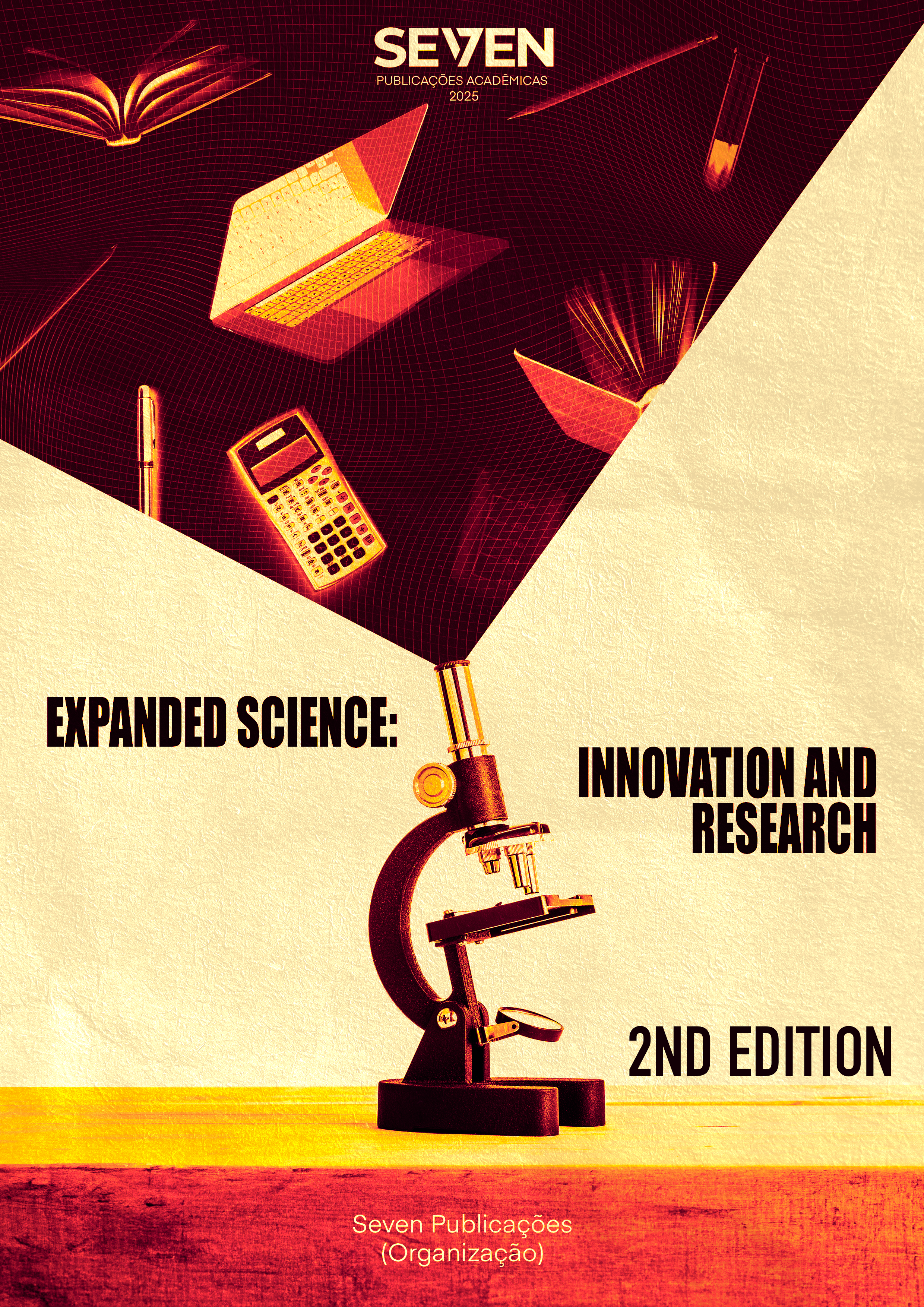COMPUTATIONAL SIMULATIONS AS REPRESENTATIONS OF REALITY: PHILOSOPHICAL ANALYSIS AND IMPLICATIONS FOR ARTIFICIAL INTELLIGENCE
Keywords:
Computational Simulations, Representation of Reality, Philosophy of Technology, Artificial Intelligence, Digital TwinsAbstract
The use of computational simulations has become central in various scientific and technological fields. In addition to enabling the modeling of complex systems and the prediction of behaviors, simulations feed reinforcement learning algorithms, digital twins, and interactive prototypes. However, when these simulations are employed to represent or recreate reality, philosophical problems arise concerning the nature of representation, the difference between appearance and reality, and the limits of knowledge. This theoretically exploratory article critically examines computational simulations as representations of reality, articulating classical and contemporary philosophical traditions. In light of authors such as Plato, Aristotle, Kant, Descartes, Baudrillard, Heidegger, Putnam, Bostrom, Winsberg, Turing, Searle, and others, it analyzes the relationship between imitation and original, the distinction between phenomenon and thing-in-itself, the role of signs in the construction of reality, skeptical hypotheses, and the crisis of representation in the age of technology. The text then discusses implications for artificial intelligence (AI), especially in the context of learning algorithms and digital twins. It reflects that simulations are not mere copies, but constructions mediated by theories, signs, and technology, requiring epistemological and ethical reflection on their use in AI.
Downloads
Published
Issue
Section
License

This work is licensed under a Creative Commons Attribution-NonCommercial 4.0 International License.





